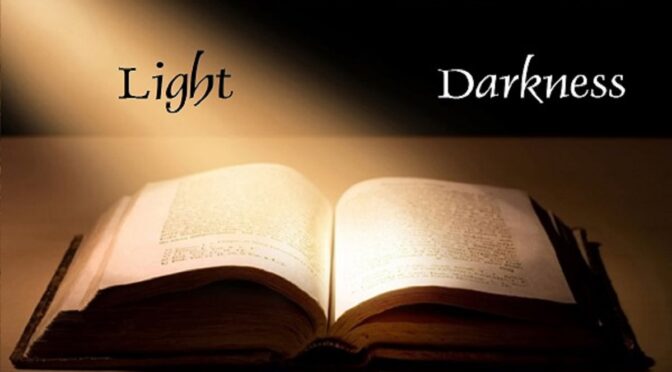Contents
Introduction
In the First Sunday, we read about Jesus being led to the desert by the Holy Spirit, in preparation for his mission. During this retreat, Jesus prepared and fortified himself. The Second Sunday concerns his encounter or meeting with Moses and Elijah. That is, the handover ceremony. This happened as he approached Jerusalem. The meeting with Moses and Elijah implied taking possession of the Laws and Prophets. Having done that, Jesus can now head towards Jerusalem. The Third Sunday is about Jesus’ action in the temple. Jesus is now in the city of Jerusalem, and the first thing he did was to visit the house of prayer. According to Mark, instead of finding people who prayed, he found only leaves (Mark 11:12–14). There are things we do especially within the realm of worship thinking we are pleasing God, when in reality, we are only pursuing our personal and selfish interests. Jesus was disappointed on entering the Temple, the house of God and found people doing all sort of things except worshiping God, which.…
The metaphor of light and darkness
In the Genesis account of creation, we read that “in the beginning when God created the heavens and the earth, the earth was a formless void and darkness covered the face of the deep, while a wind from God swept over the face of the waters. Then God said, let there be light; and there was light. And God saw that the light was good; and God separated the light from the darkness. God called the light Day, and the darkness he called Night” (Gen 1:1–5). The Chinese yin-yang are similar to light and darkness. The global ‘yin-yang’ symbol holds its roots in Taoism/Daoism, a Chinese religion and philosophy. While the yin, the dark swirl, is associated with shadows, femininity, and the trough of a wave; the yang, the light swirl, represents brightness, passion and growth. According to this philosophy, everything contains Yin and Yang. They are two opposite yet complementary energies. This means that although they are totally different, and opposite in their individual qualities and nature, yet, they are interdependent. In other words, Yin and Yang cannot exist without the other; they are never separate. So also is night and darkness. Although they are different and opposite in their nature, yet, they are interdependent. They cannot exist without the other. They are never separate.
Conclusion
Eternal life consists in living fellowship with God, both in this life and hereafter. Such life is achieved according to John, by identifying and believing in Jesus who has been lifted up in place of the serpent. By believing and not believing, John is not referring to a temporary belief or doubt. Believing in John is a.…
FOR DETAILS, GET YOUR OWN COPIES OF THE BOOK “THE WORD OF LIFE: SUNDAY REFLECTIONS” (vols. I and II)!! The reflection for the Fourth Sunday of Lent (B) is found in vol. II pages 142–149. Happy reading!
For details on how to get it, contact the author on this link: https://m.me/uchennabiblia?fbclid=IwAR2yeg4a6sDGBp9QGkIvKj6FSADumMokN6lshdE0zuo-JHs6qOmlhA7jyHo or email me at: postmaster@uchennabiblia.com or simply send an SMS on 08116100926, and I will get back to you.

